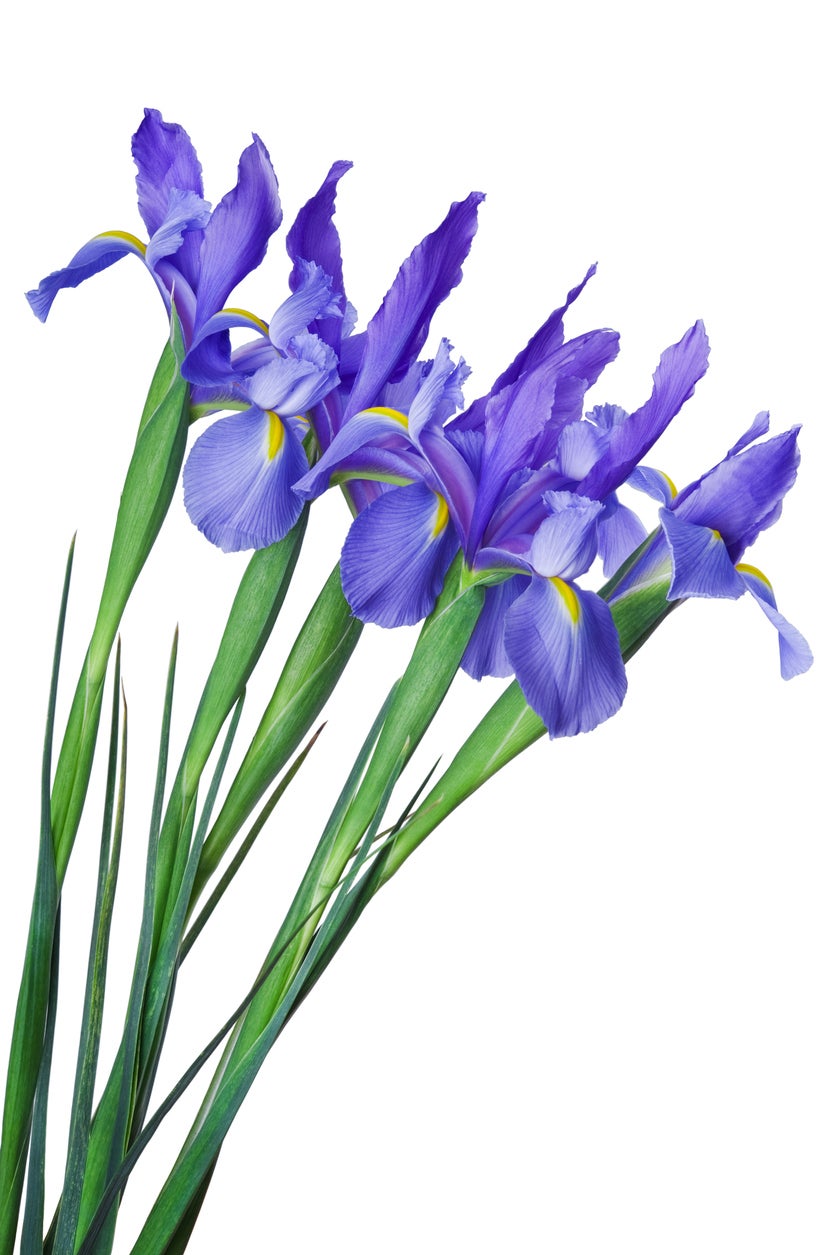Forcing Dutch Iris Bulbs – Learn About Dutch Iris Forcing Indoors


Who can resist Dutch iris, with their tall, graceful stems and silky, elegant flowers? If you wait until late spring or early summer, you can enjoy them in the flower garden outdoors. However, those impatient for the rich colored blooms can also grow Dutch iris indoors by forcing.
Forcing Dutch iris bulbs is easy if you know the steps to take. Read on for information on Dutch iris forcing and tips on how to force Dutch iris bulbs to bloom in winter.
About Forced Dutch Iris Bulbs
While most irises grow from thick roots called rhizomes, Dutch irises grow from bulbs. This means that you can easily grow Dutch iris indoors by forcing them.
Dutch iris forcing doesn’t hurt the plants at all. The term “forcing” refers to a process of tricking the bulbs into thinking that bloom time has arrived well before the calendar announces spring. You manipulate the bloom time by giving the plants an artificial “winter” period, followed by sun and warmth.
Dutch iris forcing is a fun winter activity for everybody. Successfully forced Dutch iris bulbs brighten your house even when it is dreary outdoors. So how to force Dutch iris bulbs indoors?
How to Force Dutch Iris Bulbs
The process begins with a session in a cool location. Some winter-hardy bulbs, like paperwhite narcissus and amaryllis, can be forced to bloom indoors without a chill period. To grow Dutch iris indoors though, the bulbs need a cold period of 35 to 45 degrees F. (2-7 C.) that feels like winter.
The easiest way to accomplish this is to put the bulbs in a self-sealing plastic bag with slightly dampened peat moss for 8 to 12 weeks in the refrigerator or an unheated garage. This provides the required dormancy period for forced Dutch iris bulbs.
Sign up for the Gardening Know How newsletter today and receive a free copy of our e-book "How to Grow Delicious Tomatoes".
Once the dormancy period is over, it is time to provide the bulbs with the sun they need to bloom. To start forcing Dutch iris bulbs, place a few inches (8 cm.) of clean pebbles or florist marbles in a shallow bowl.
Set the flat end of the iris bulbs in the pebbles so that they remain upright. They can be placed quite close together, even as close as an inch (2.5 cm) apart. Add water to the bowl to a level just below the base of the bulbs.
Place the dish on a warm windowsill that gets indirect sun to allow the bulbs to sprout. When the forced Dutch iris bulbs develop shoots, place the dish in direct sun for bulbs to form. At this point, return the dish to indirect light and enjoy the bloom.

Teo Spengler is a master gardener and a docent at the San Francisco Botanical Garden, where she hosts public tours. She has studied horticulture and written about nature, trees, plants, and gardening for more than two decades, following a career as an attorney and legal writer. Her extended family includes some 30 houseplants and hundreds of outdoor plants, including 250 trees, which are her main passion. Spengler currently splits her life between San Francisco and the French Basque Country, though she was raised in Alaska, giving her experience of gardening in a range of climates.